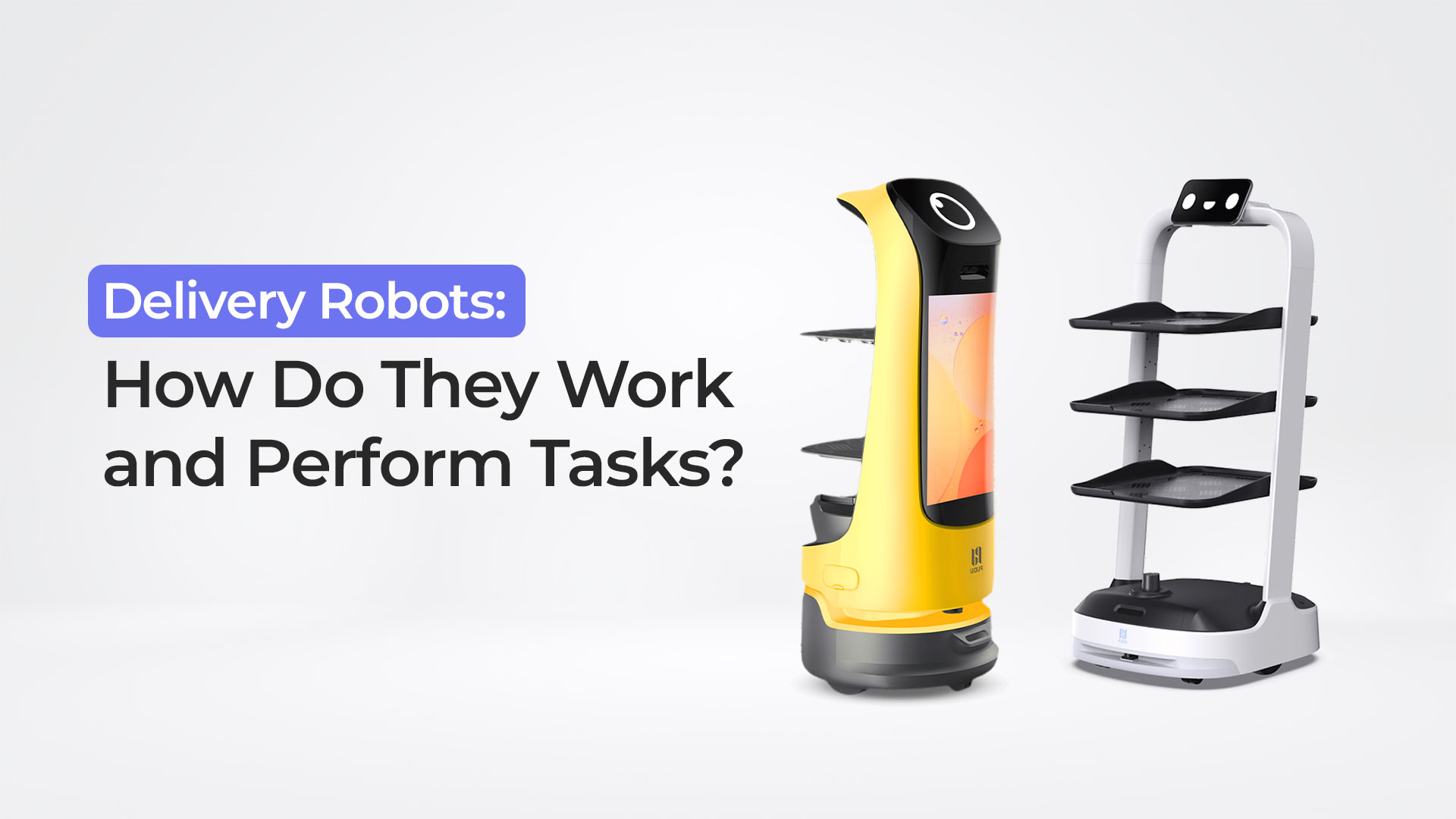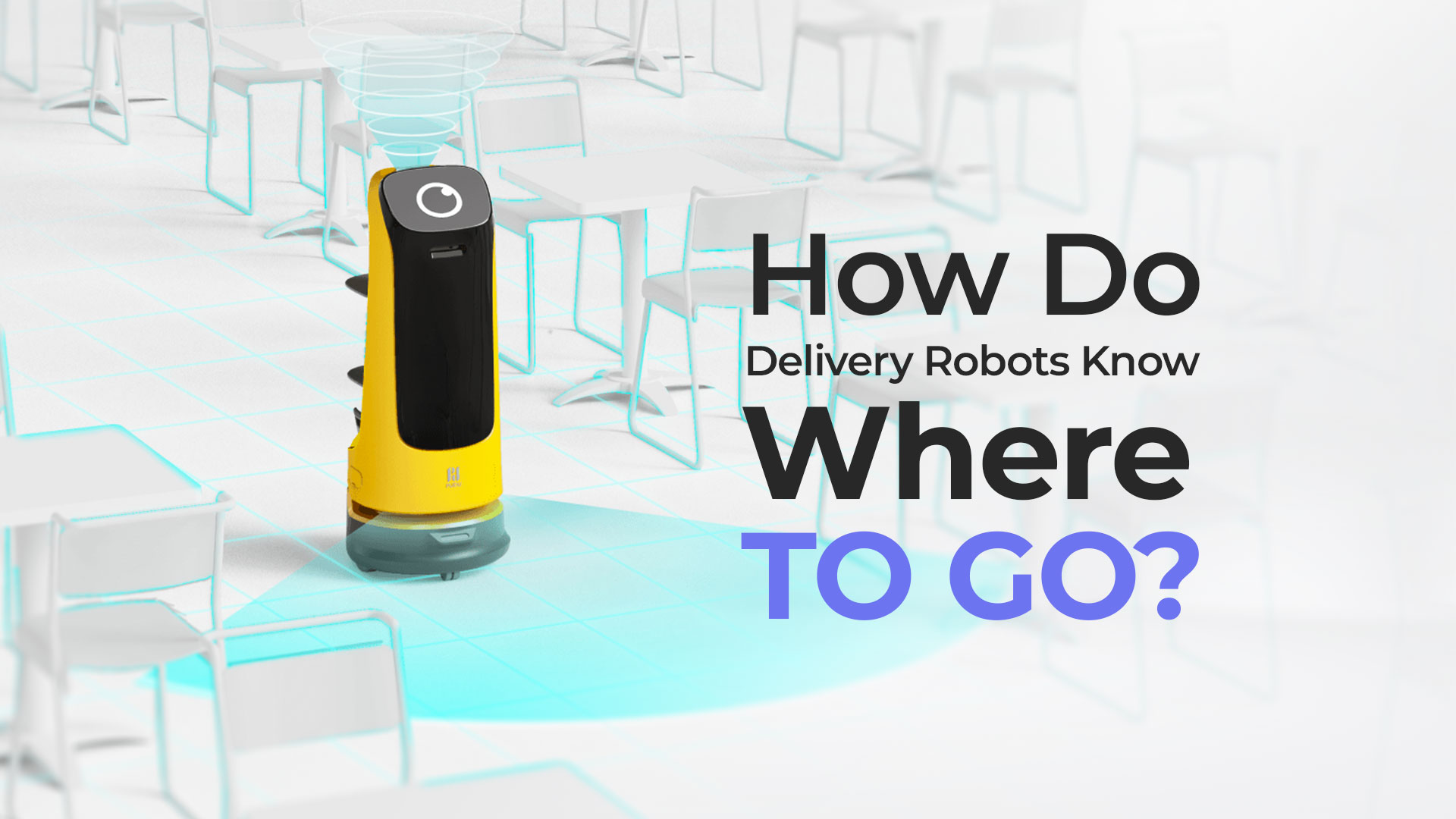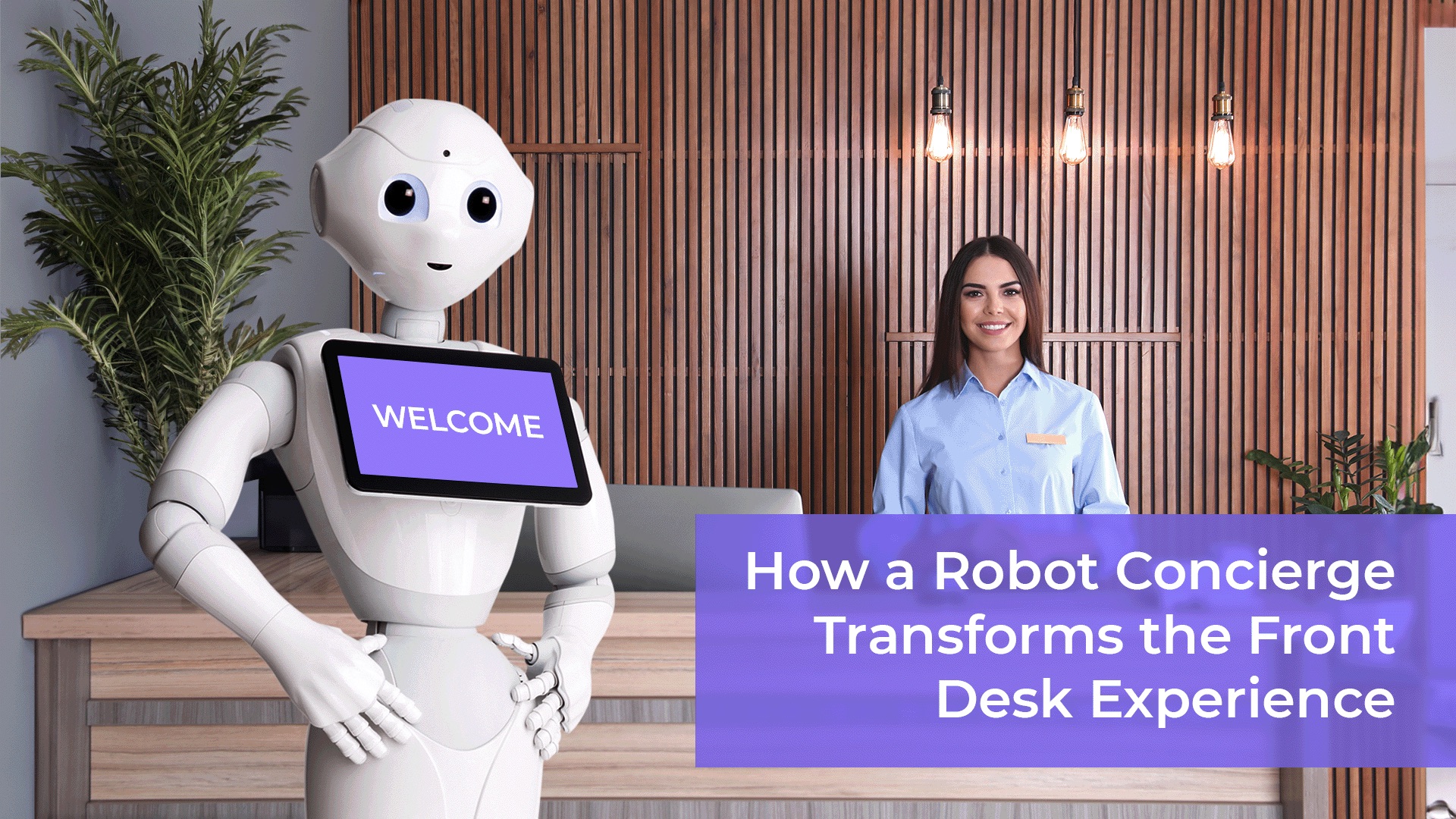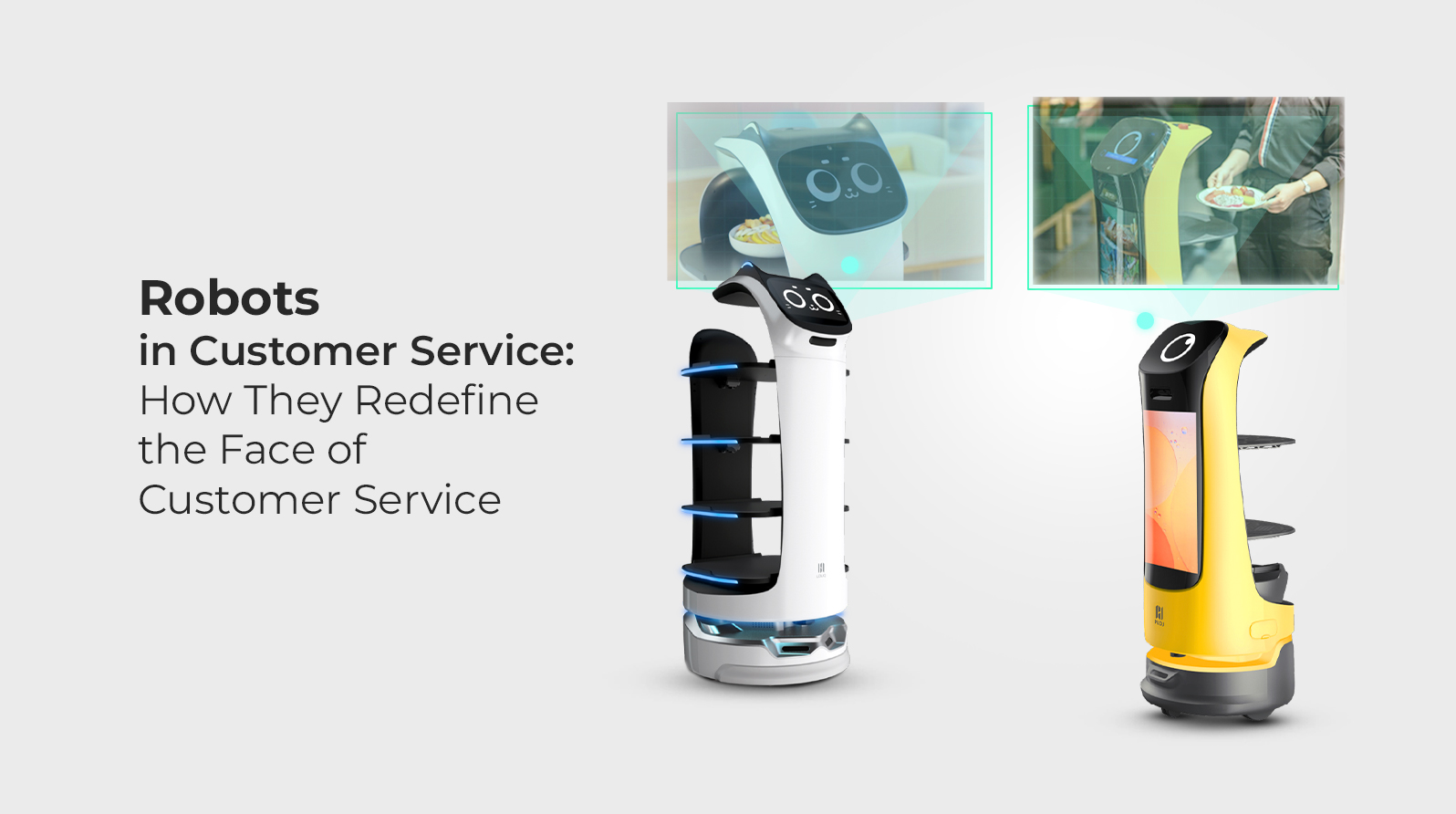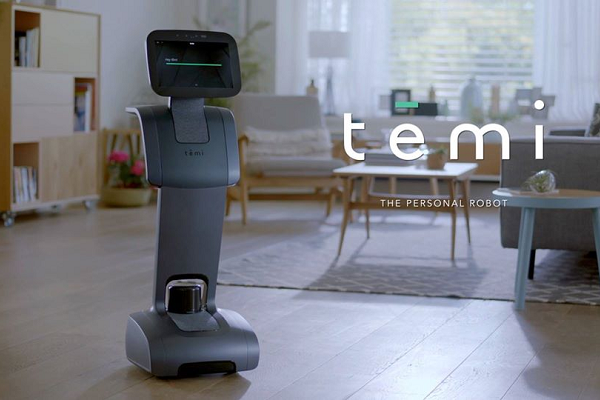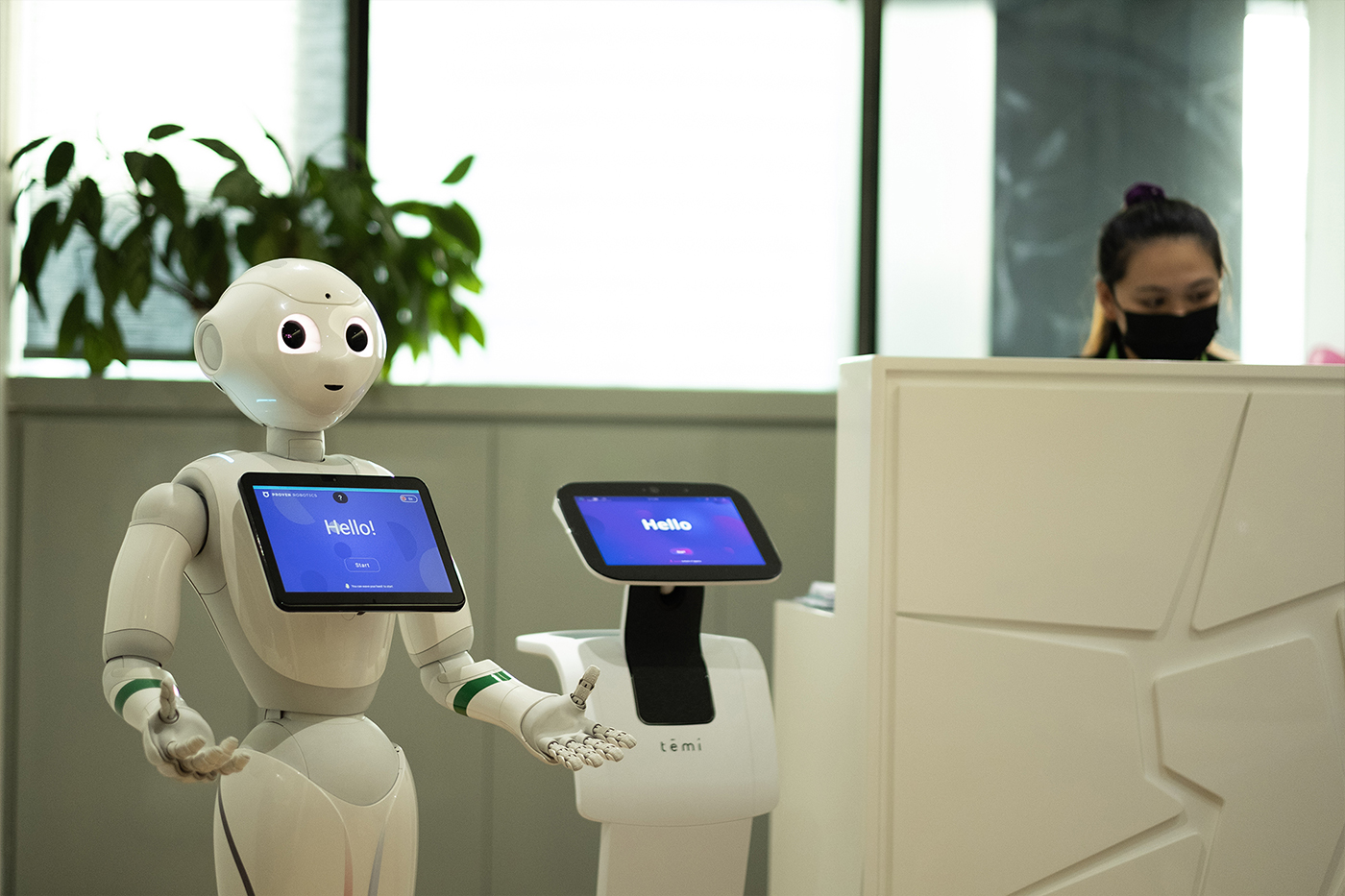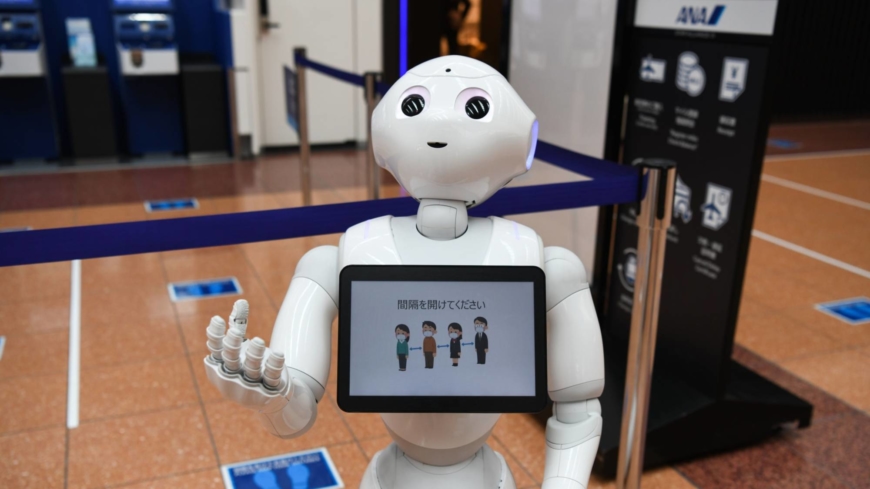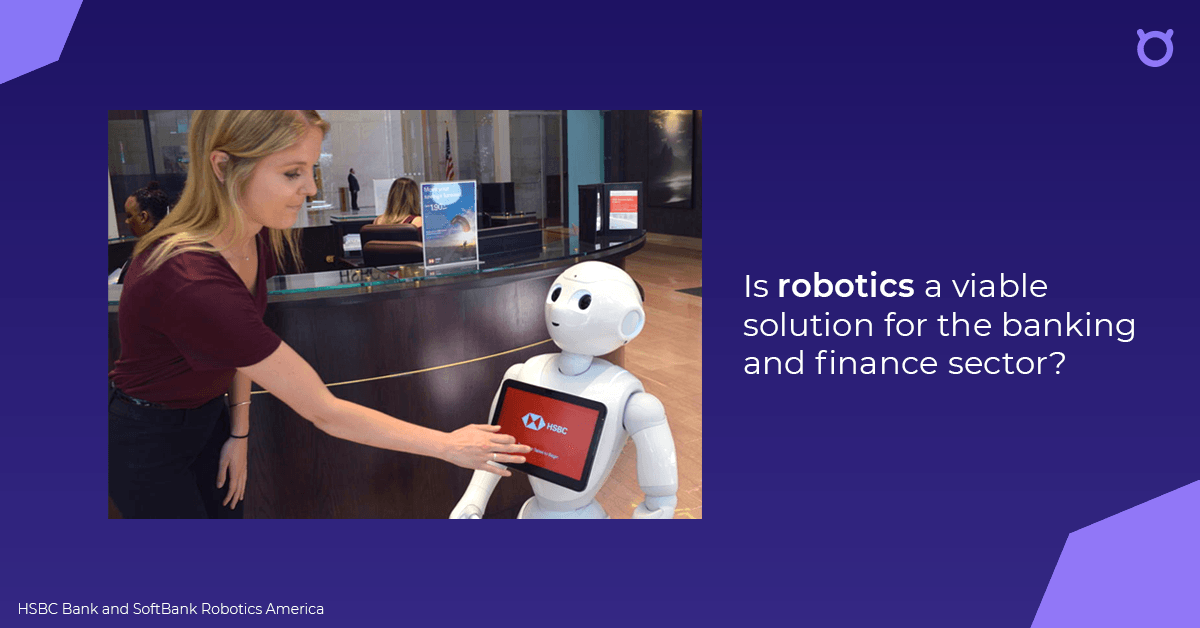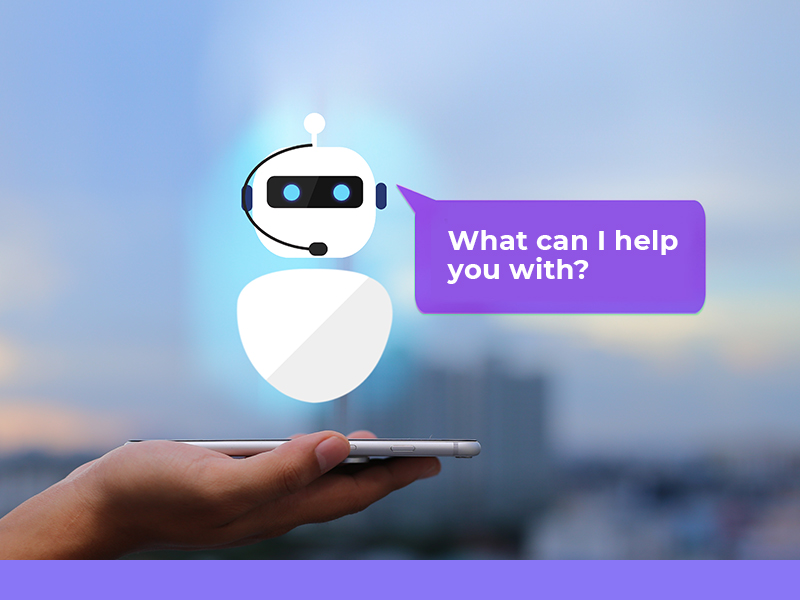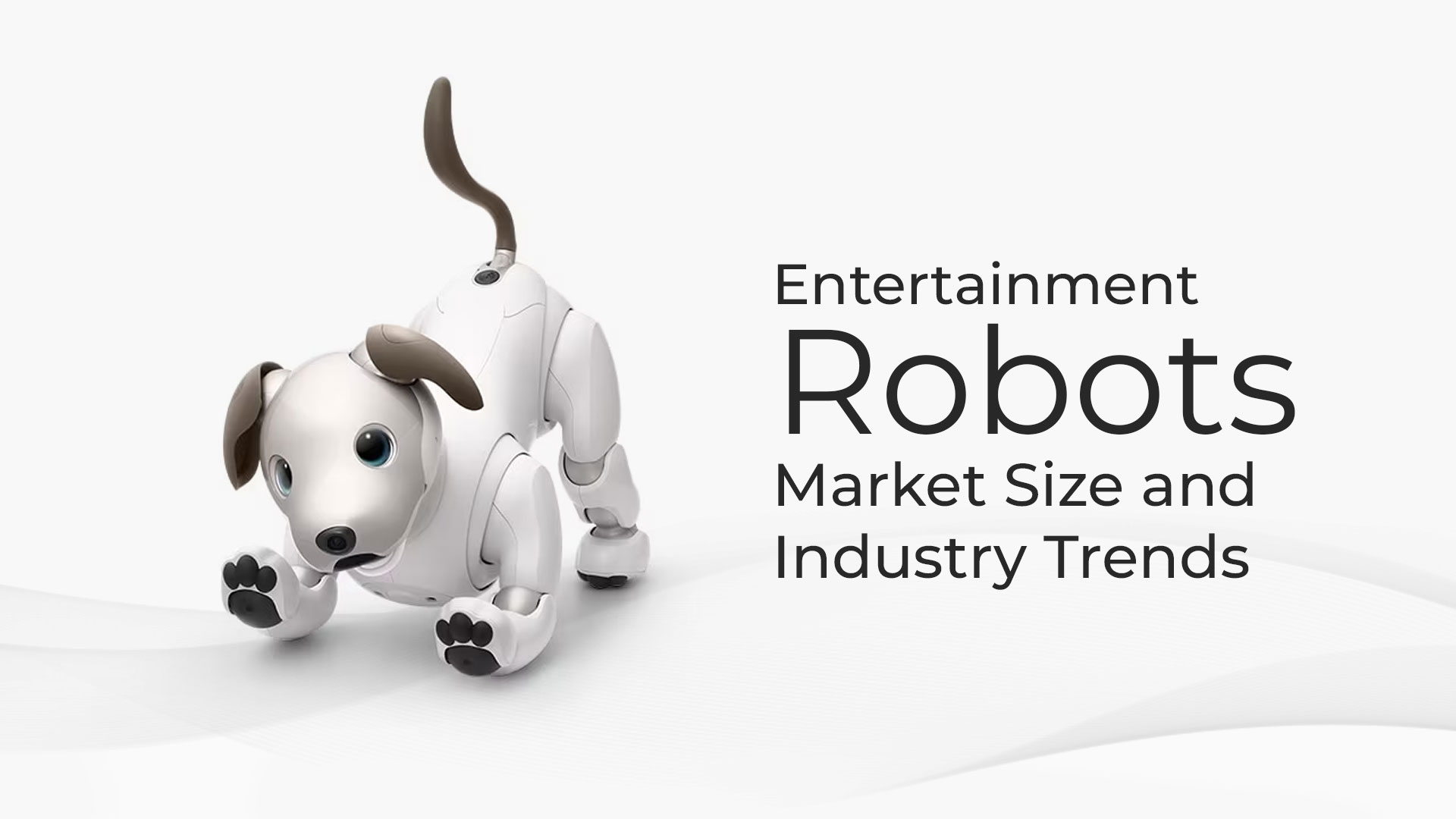
Entertainment Robots Market: Size and Industry Trends
As we reach the pinnacle of human ingenuity and the demand and application for robotics overlap like never before, the entertainment robots market is surging toward unprecedented growth. With increasing technological advancements and a bustling global market for digital novelty and engaging entertainment options, robotics has finally stormed the grand stage of the entertainment industry. […]
